In today’s extremely competitive market, new companies are launching products similar to yours on a daily basis. As a result, even a small blunder in keeping clients satisfied can cost you a lot of money. Someone else’s loss could be someone else’s gain. You will lose clients to your competitors the instant you irritate them with ineffective services. You simply cannot afford to divert your focus away from providing your customers with a positive experience every time they do business with you. Prepare new ideas and offerings to keep existing consumers happy while also attracting new ones.
If you want to be successful in business, brand switching is a crucial topic that you should consider. It is widely known that obtaining new consumers is more expensive than keeping existing ones. To put it another way, if you know how to keep your clients, you’ll have a better chance of cutting costs while keeping or increasing revenues.
What is Brand Switching?
Brand switching refers to when a customer switches brands. It’s a simple concept, but preventing it from happening to your customers is a whole different situation.
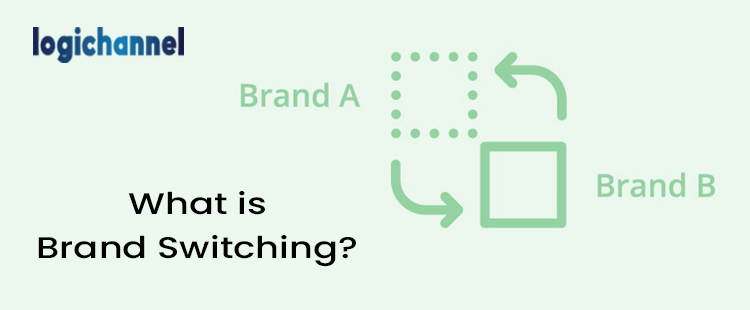
You might be surprised as to why people switch brands. What drives people to behave the way they do? We’ve put together a list of explanations to alleviate your fears, give you a better understanding of the scenario, and help you learn from it so you don’t lose customers.
The annoyance of SMS Marketing
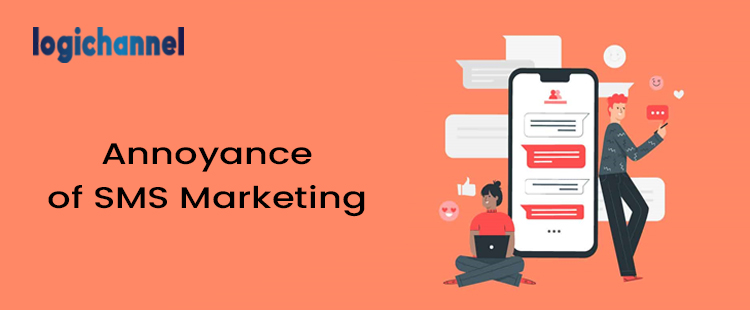
Customers will be irritated by Messaging that is ambiguous and meaningless. If customers continue to get spam communications in bulk without a call-to-action or useful information, they are likely to disregard them. Such desperate effort adds to building a poor impression on the SMS recipients towards the company from whom they are receiving it. If clients flag your messages as spam, it will harm your overall reputation and lead them to purchase the identical product from a competitor.
Wrongly Timed Marketing Calls

Would you like to be woken up in the middle of the night on a weekend? Aren’t you going to be angry if you get phone calls in the middle of a meeting? Of course, you will, and your consumers will as well. Everyone is irritated by marketing calls since they are received at inconvenient times. Customers continue to receive abrupt calls regarding loans, property for sale, or general surveys even after subscribing to the Do Not Disturb Programme (DND). Customers who receive such unwanted calls become irritated and begin to have negative feelings about your company. As a result, you must avoid making such calls or risk losing your consumers to others.
Asking for Feedback
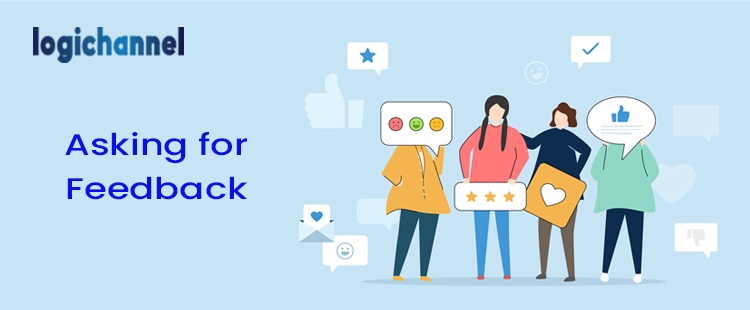
Customers adore their personal space. They will not be pleased if you continue to poke them with feedback requests. Rather, such intrusions into their personal space irritate them. It is their choice whether or not to provide feedback. You can’t make people do anything they don’t want to do. Give them your time, and if they like what you’re doing, they’ll immediately praise and rate you. It will not be necessary for you to plead for it.
Unwanted Emails
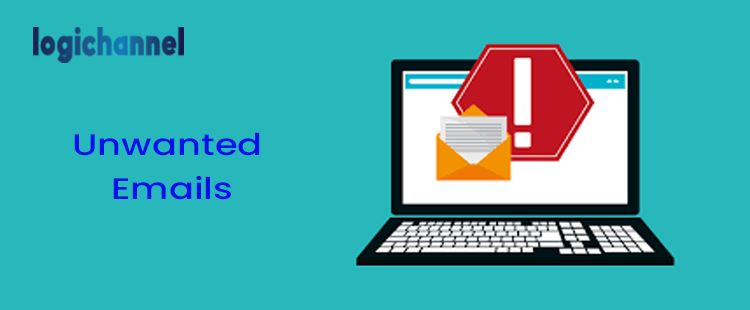
Customers are frequently required to sign up for email newsletters or promotional offers when purchasing any product from your website. However, the vast majority of people despise receiving such emails and are compelled to express their dissatisfaction. Customers will either ignore, discard, or report your emails as spam if you continue to send them. So, how does it proceed from here? Simple is the answer. Customers who are bombarded with unwanted emails eventually unsubscribe and go to a different brand.
Pointless App Updates
Frequent demands for updates irritate customers. Your developers will occasionally add new features to your program in order to make it more advanced. However, these updates not only eat a significant portion of your data pack, but they are also useless in the eyes of your customers. Don’t let things get to the point where clients are turning away from your company. Marketers frequently overlook what customers want in their efforts to sell more things. You’re not going to help your business by bombarding them with emails, offers, and services. Marketing should be done not only to sell but also to keep clients by offering a positive experience.
Mismatch Between Price And Value
Consumers will always have a brand affinity, which is one of the first things you should know. A consumer’s “love” for a particular brand is known as brand affinity. Keep in mind that each customer will have a distinct level of affinity for a particular brand. There are people who will pay absurd amounts of money to get their hands on a particular brand. Others, on the other hand, are unconcerned about the brand and will choose a preferred brand as long as the price difference isn’t too significant. And it is at this point that the concept of price or value enters the picture.
Consumers will always choose their favored brand up to a certain extent, as previously stated. The main limiting issue, however, is the cost. Simply put, your clients will prefer your brand and will pay more for it even if it is more expensive than the competition. They will, however, switch if the mark-up becomes too high.
Non-Satisfactory Customer Service
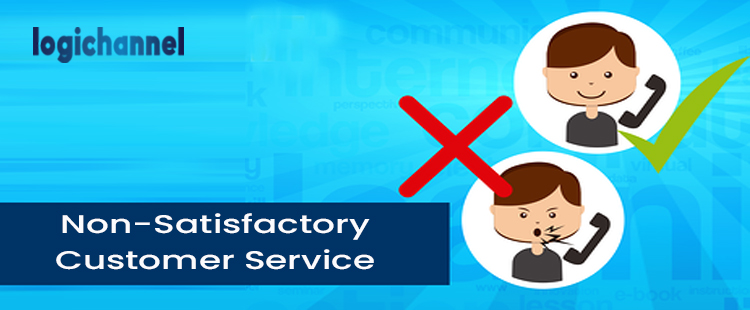
Customer service is the one factor that will trigger a significant shift in brand perception. A single poorly handled instance will, in most cases, cause a customer to dislike, if not outright despise, your brand to the point that they will tell everyone about it. As a result, when it comes to client service, you cannot afford to cut corners. You should, at the absolute least, have a system in place that responds to a consumer as quickly as feasible.
Wrapping Up
Overall, the reasons for switching from one brand to another are as follows. There could be a few more. Influencers are those who buy a product and then persuade others to buy the same product. Similarly, word of mouth and social perception are both unspoken reasons why a customer might switch brands.
I’ve also stated what you can do to avoid switching brands in the points above. A percentage of your clients will always switch brands. For start-ups, the percentage of customers that abandon your brand may be larger than for established businesses. Brand switching is acceptable as long as it is limited to a previously agreed value.






